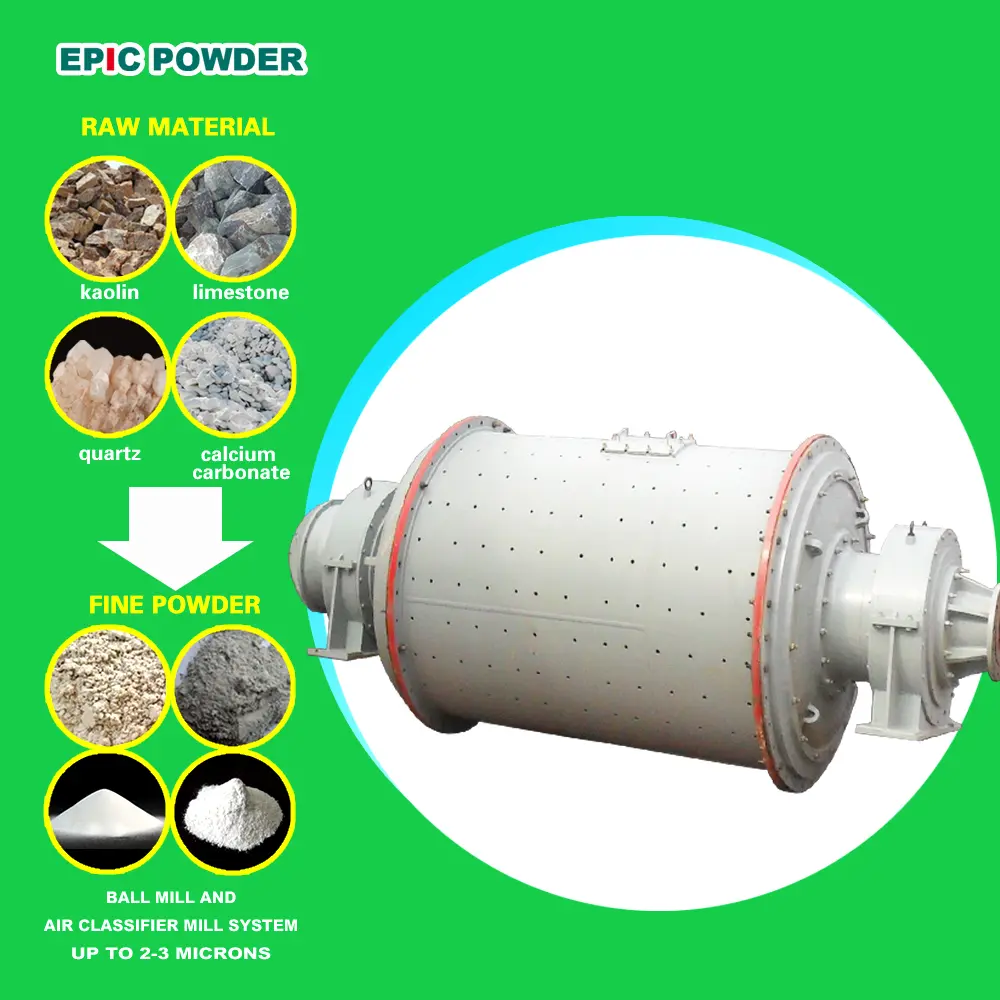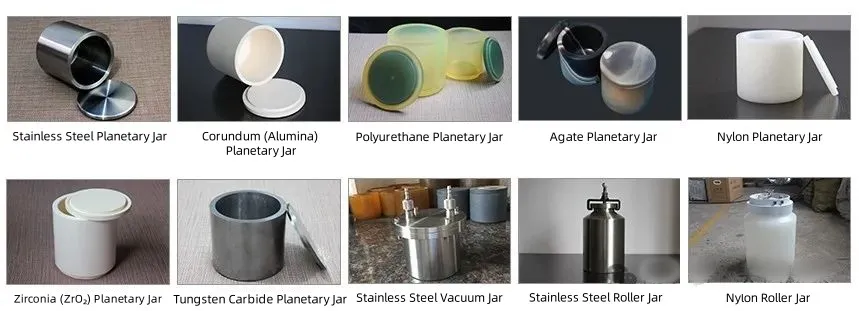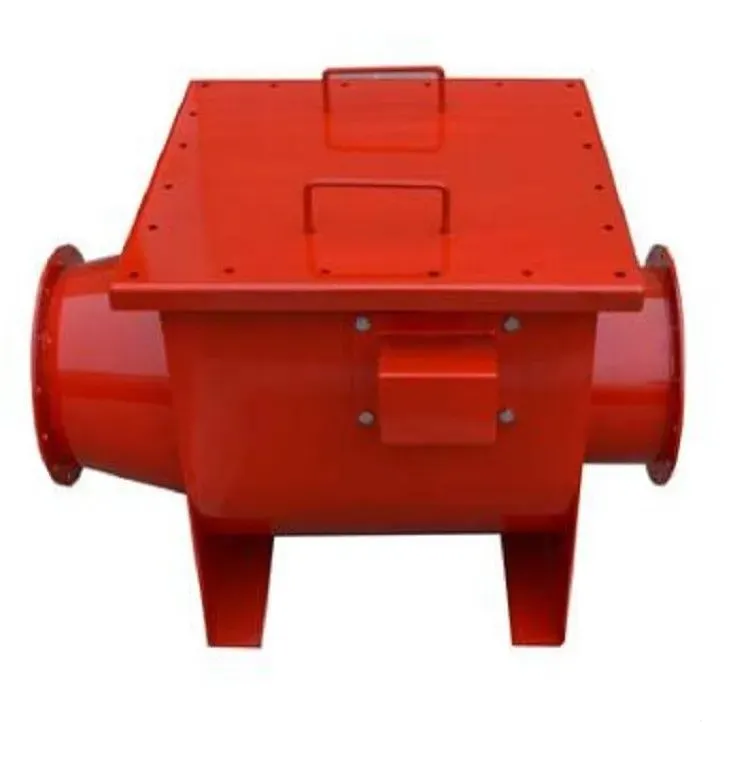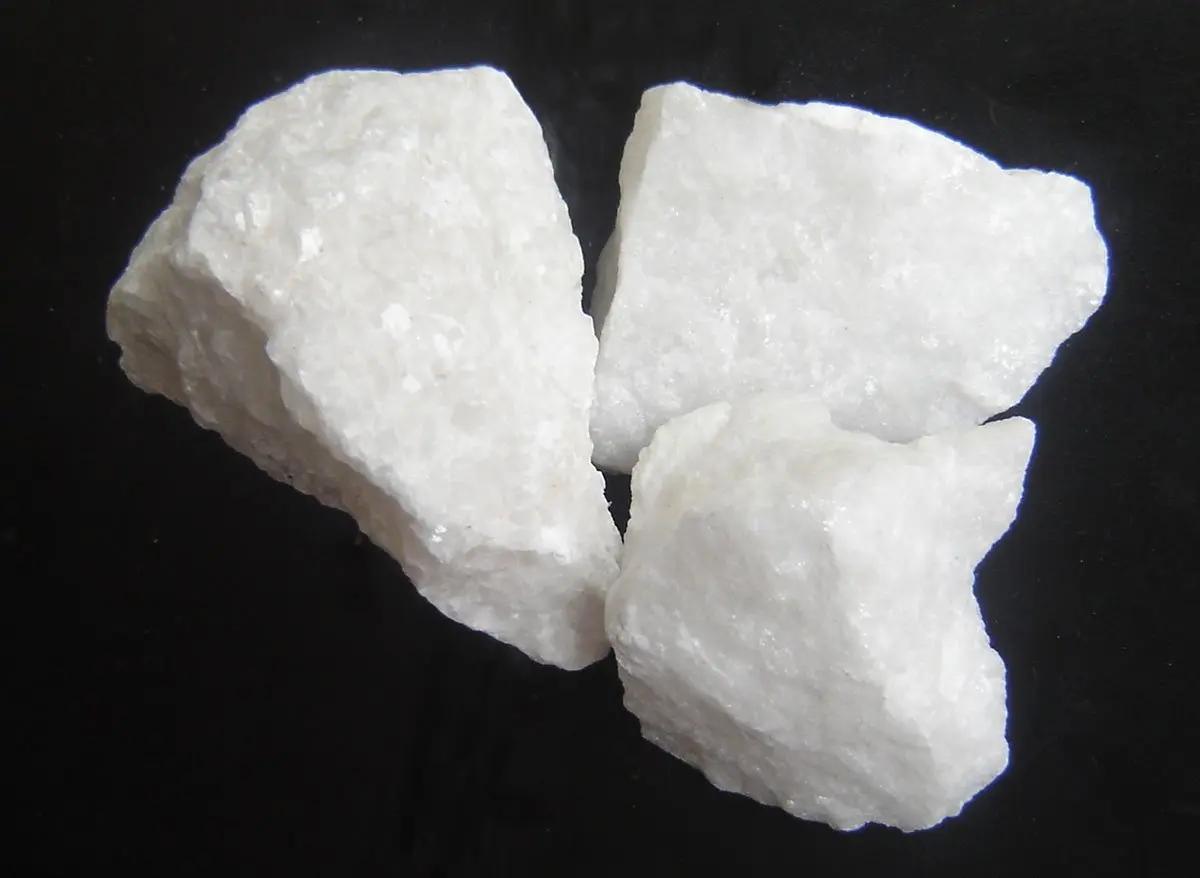A reliable laboratory ball mill is like a trusted lab partner— it can make grinding tasks faster, more efficient, and more precise. But with so many options available, how do you pick the right one without regrets? As someone who’s spent years working with these machines, I’ll share some practical insights to help you make the best choice.

First, Know Your Application
Just like picking the right tool for a job, selecting a ball mill starts with understanding your specific needs. Different industries have different priorities:
For nanomaterials research, fineness and uniformity are key. A high-energy planetary ball mill with zirconia grinding balls is ideal. In our lab, we use this setup for graphene production, and the results are consistently excellent.
Chemical and pharmaceutical labs need contamination-free and corrosion-resistant equipment. A sealed stainless steel planetary ball mill is a solid choice — one pharmaceutical company we worked with reported flawless drug formulation results after switching to this setup.
Metallurgy and mining applications require brute-force grinding. A rugged drum-type ball mill with manganese steel liners is the way to go. A colleague in mineral analysis told me their lab’s machine has been running strong for five years without wear issues.
Size Matters: Choose the Right Capacity
Picking the wrong size is a common mistake—too small, and you’ll waste time. If it’s too big, and you’ll waste energy. Here’s a simple rule of thumb:
For small samples (a few grams), a 50–100 mL mini planetary ball mill is perfect. Early on, our lab made the mistake of using a large mill for tiny batches, and the efficiency was terrible.
If you’re doing pilot-scale or batch processing, go for 500 mL or larger. One materials manufacturer we collaborated with struggled with throughput until they upgraded to a properly sized machine.
Material Selection Can Make or Break Your Results
This is where many labs go wrong. A few hard-learned lessons:
1. Avoid stainless steel for metal-sensitive materials. A lithium battery researcher ignored this and ended up with iron-contaminated cathode material—ruining an entire batch.
2. Zirconia grinding balls are worth the investment for ultrafine grinding. In our tests, they produced particles an order of magnitude finer than stainless steel balls in the same time.
3. PTFE jars are great for pharmaceuticals but delicate. An intern once loaded a hard material into one, leaving deep scratches—an expensive lesson.

Don’t Overlook These Key Features
• Cooling systems are a must for long, high-speed runs. A water-cooled mill saves headaches, especially in hot labs.
• Explosion-proof designs are non-negotiable for dust-prone materials. The extra cost is justified when safety is at stake.
• Programmable controls are a game-changer. Our lab’s mill runs automated cycles overnight, so we wake up to ready-to-use samples.
Final Tip: Test Before You Buy!
Most suppliers offer trial runs—take advantage of them. We tested three brands before settling on our current model, and it saved us a lot of adjustment time. Remember, the best ball mill isn’t the most expensive one—it’s the one that fits your needs perfectly.
Why Choose Epic Powder for Your Ball Mill Needs?
At Epic Powder, we understand that every lab has unique grinding challenges. That’s why we offer customizable, high-performance laboratory ball mill designed for precision, efficiency, and durability. Whether you need ultrafine grinding for advanced materials or heavy-duty processing for industrial applications, our solutions are engineered to deliver consistent, contamination-free results.
Upgrade your lab with Epic Powder—where innovation meets reliability. Contact us today for a consultation or to request a demo!







